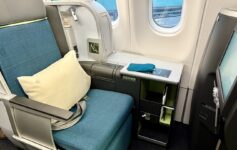The Delsey Cruise 3.0 soft side has quietly been making a name for itself, quickly becoming a favorite for many frequent travelers. This review dives deep into what makes this particular piece of luggage stand out, while also taking a realistic look at some of its less conventional features.
If you are considering booking travel LiveAndLetsFly.com appreciates your support.
If you haven’t followed us on Facebook or Instagram, add us today.
Delsey sent me this product to review. They did not edit nor mandate any terms, my review is honest and fair showcasing both the positive and negative aspects of my experience. The value of the is carry-on is $169.
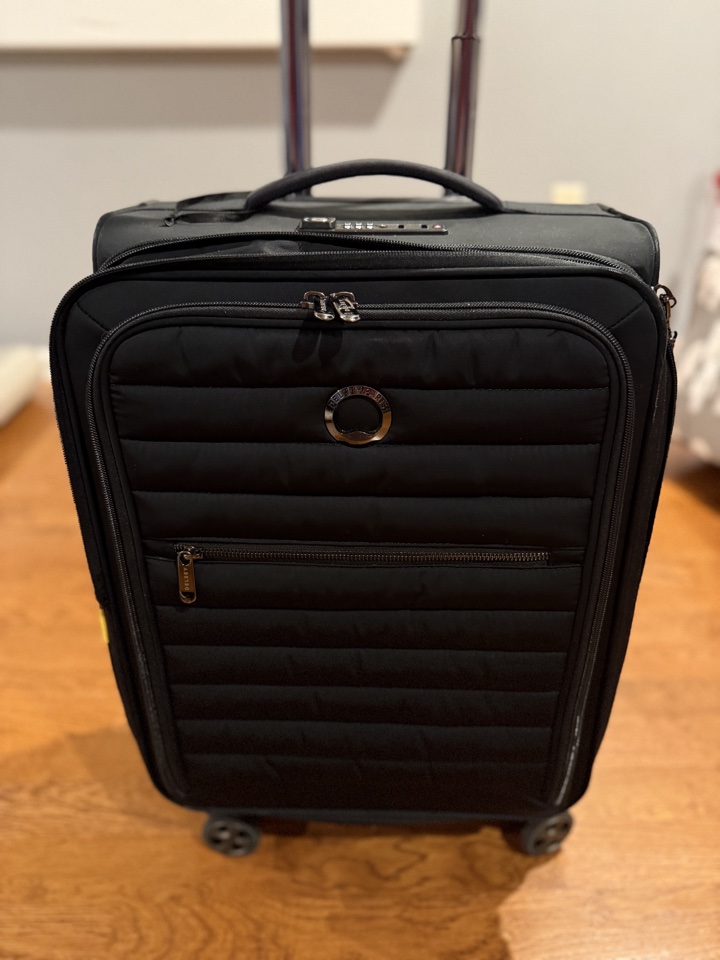
A Closer Look: Peeling Back the Layers of the Delsey Cruise 3.0 Soft Side
The Delsey Cruise 3.0 soft side carry-on presents a familiar yet refined aesthetic, clearly echoing the design elements of its hardside counterparts within the Cruise 3.0 collection. Available in classic Black (the one I have) and sophisticated Platinum, the luggage offers a look that is both understated and stylish, suitable for a range of travel scenarios.
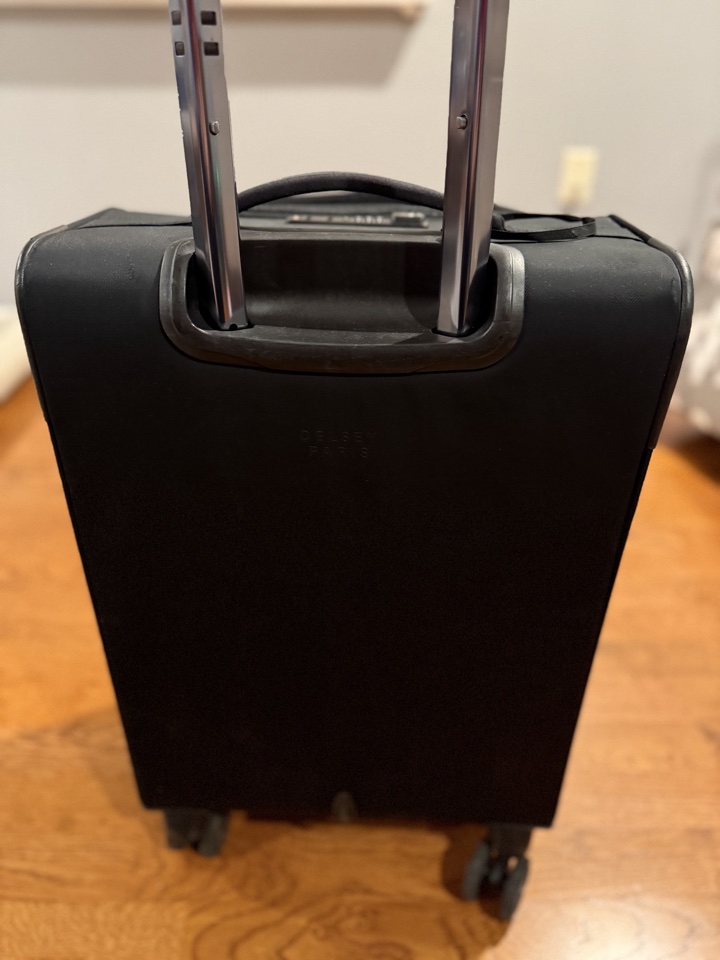
With any carry-on, size and weight are paramount. The Delsey Cruise 3.0 soft side measures 22.75 x 14.25 x 10 inches externally and 19.25 x 13.75 x 9.5 inches internally. These dimensions generally align with European specifications. Weighing in at a manageable 6.4 lbs, it strikes a good balance – light enough to prevent unnecessary strain when lifting into overhead bins, yet substantial enough to feel durable and well-built.
One of the most crucial aspects of any rolling luggage is the quality of its wheels. In my experience, the glide was seamless and easy.

It includes an integrated TSA-accepted combination lock,a SECURITECH zip, claimed to be three times stronger than a standard zipper. While this is a notable feature, it’s worth acknowledging that some reviews of other Delsey models have mentioned zipper-related issues including the interior section of a larger model I will review separately. We didn’t have any issues with the zipper on this model, but it has only exterior zippers. For the interior, it has a compression strap with yellow fastener.
The Cruise 3.0 has a handle on the top and side of the case as is common with carry-on suitcases, but what I liked about this was because of the soft-side design the handles are really comfortable, especially when loading into an overhead bin. A particularly modern touch is the designated yellow AirTag holder.
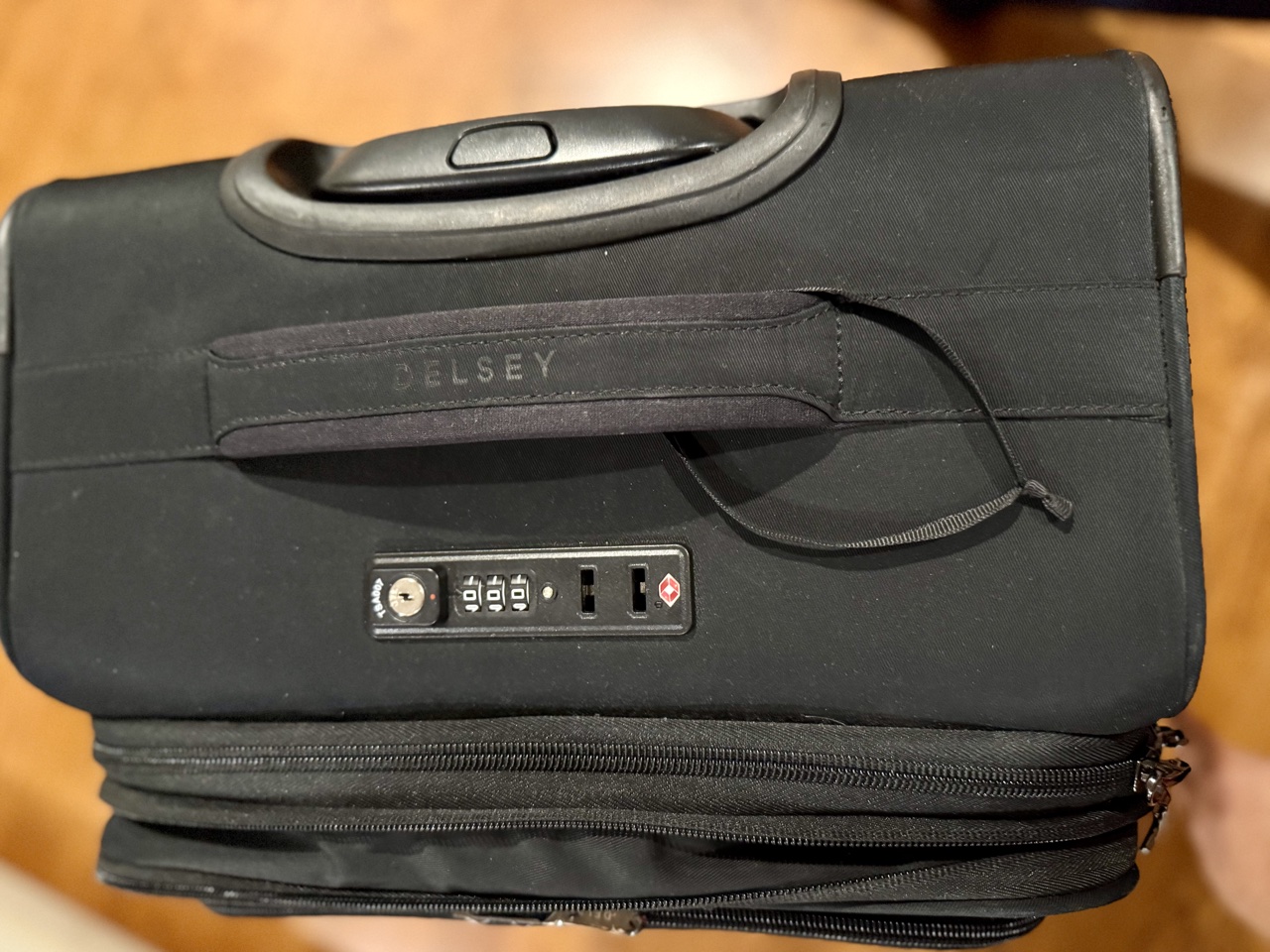
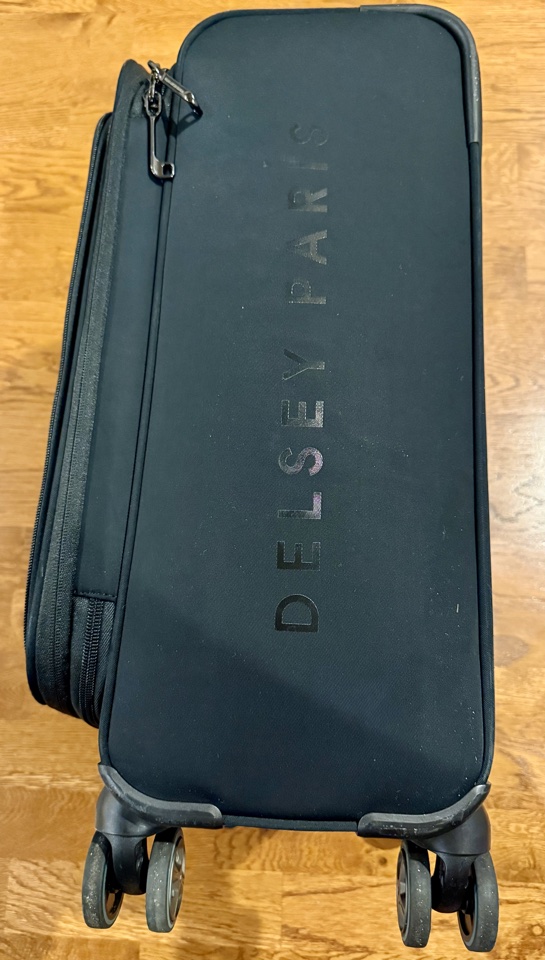
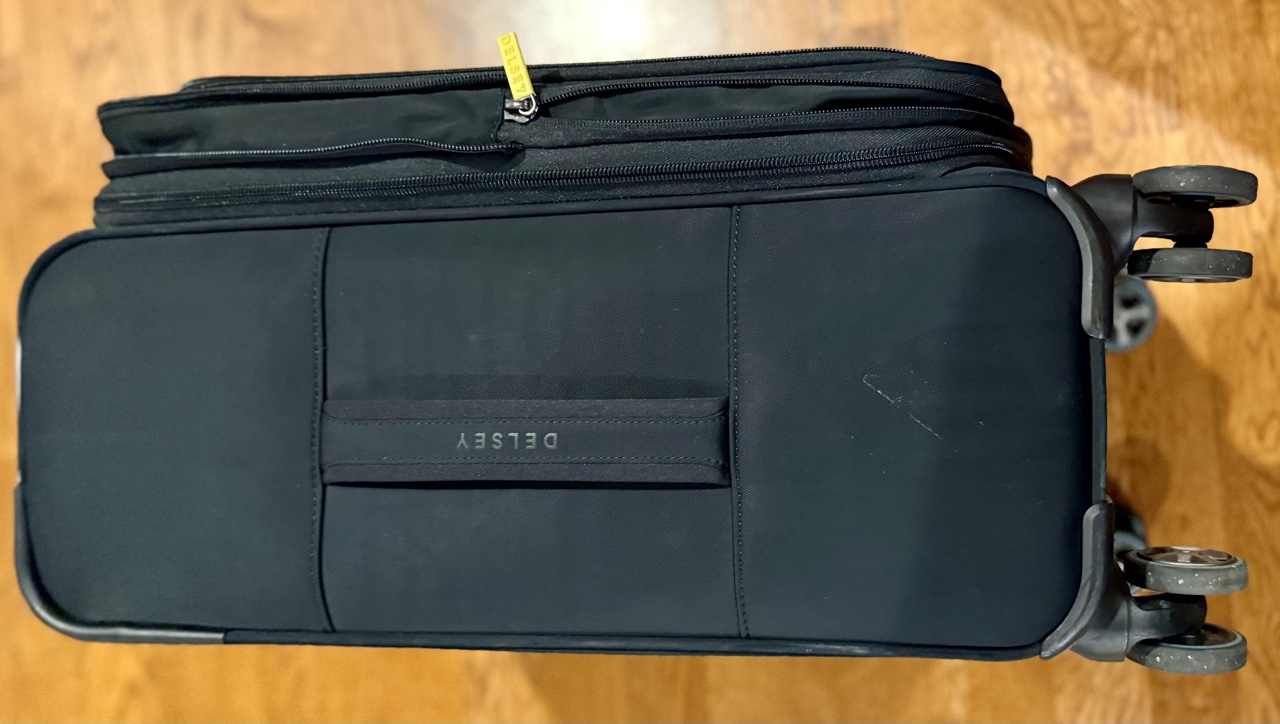
The largest difference is that this is a trunk design with a single main packing compartment, which differs from the dual-compartment clamshell designs common in many hard side suitcases. There are use cases which make this superior to two halves, in that odd shaped items don’t protrude from the netted sections of a split design.
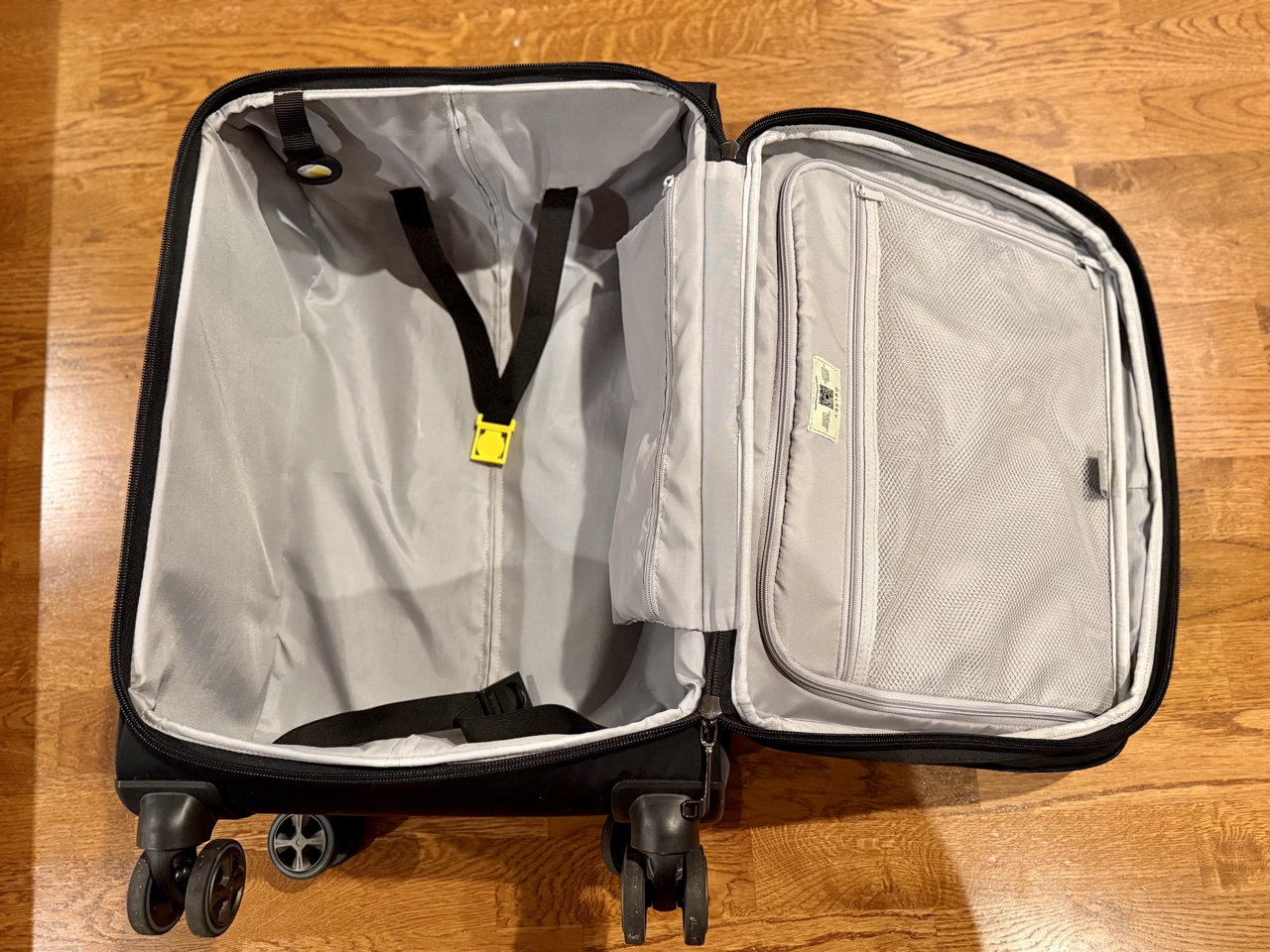

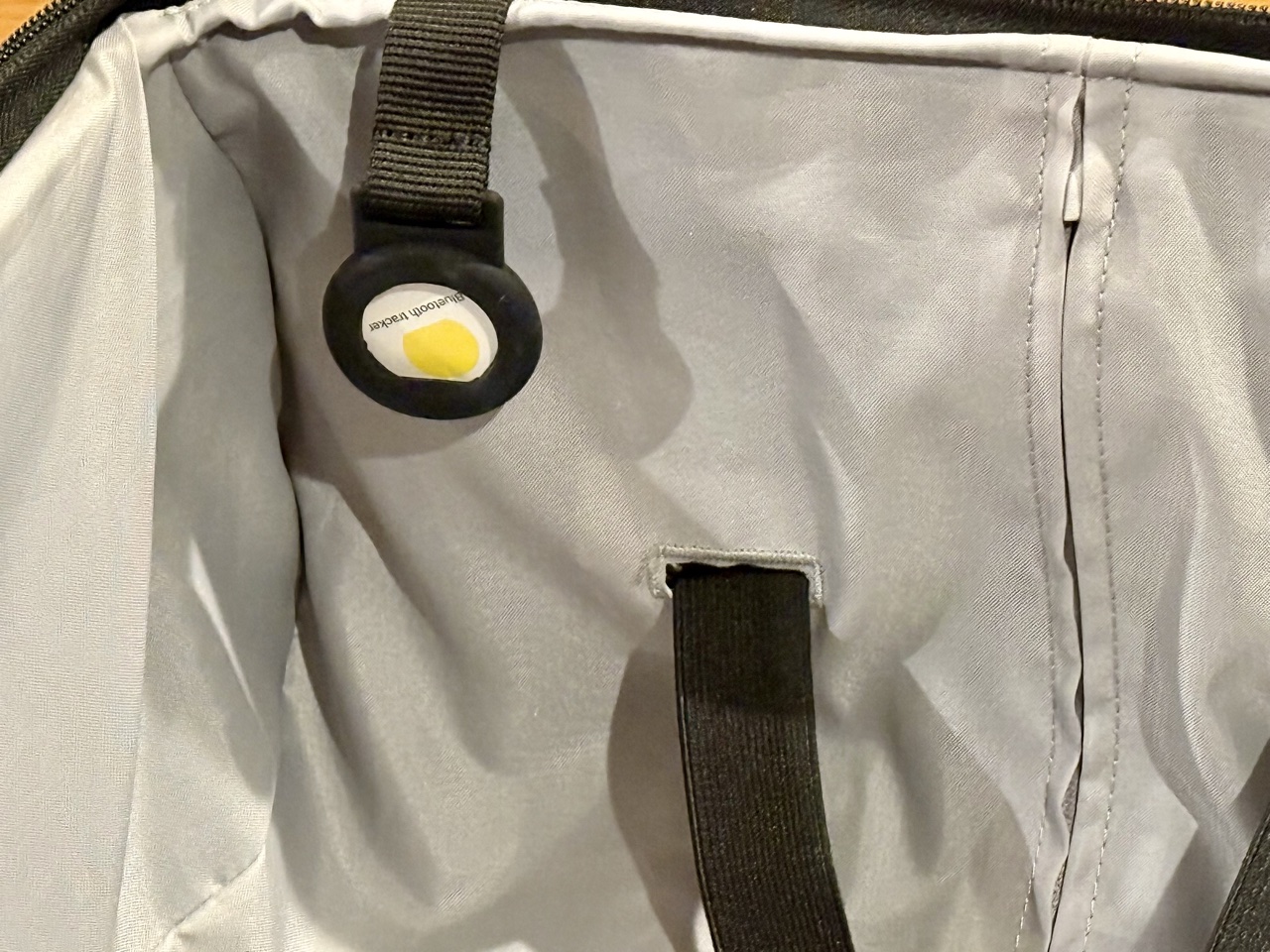
Specifications
| Feature | Specification |
| Material | 100% Polyester |
| Exterior Dimensions | 22.75 x 14.25 x 10 Inches (with handles & wheels) |
| Interior Dimensions | 19.25 x 13.75 x 9.5 Inches |
| Weight | 6.4 Lbs. |
| Volume | 41 L |
| Wheels | Dual-Density Spinner Wheels |
| Lock | TSA-Accepted Combination Lock |
| Zipper | Patented SECURITECH® Zip |
| Warranty | 5-Year Limited Worldwide Warranty |
| AirTag Holder | Yes (Yellow) |
| Expandable | Yes |
What’s to Love? (Pros)
The advantage of a soft-sided piece is that in some overhead bins, it can fit when overpacked in a way hard-sides cannot. It also offers a differentiated softer appeal and hasn’t shown scratches or scrapes in six months of usage. The top-load allows me to put shoes in the bottom and stack other items on top of it without dealing with any partitions. I also like the airtag ribbon rather than tossing them inside. The price is fair at $169 especially given that competitors like Away start at $275.
Things to Keep in Mind (Cons)
Because the market is dominated by split clamshell designs, packing cubes aren’t necessarily as effective in this trunk-style approach. The weight of the bag is a benefit but when pulling a heavy backpack on top of the bag, larger wheels might give the case more stability and make it less prone to tipping and tilting. Larger wheels might come at the sacrifice of space in order to fit airline requirements so it could be a trade I am unwilling to make in practical terms.



